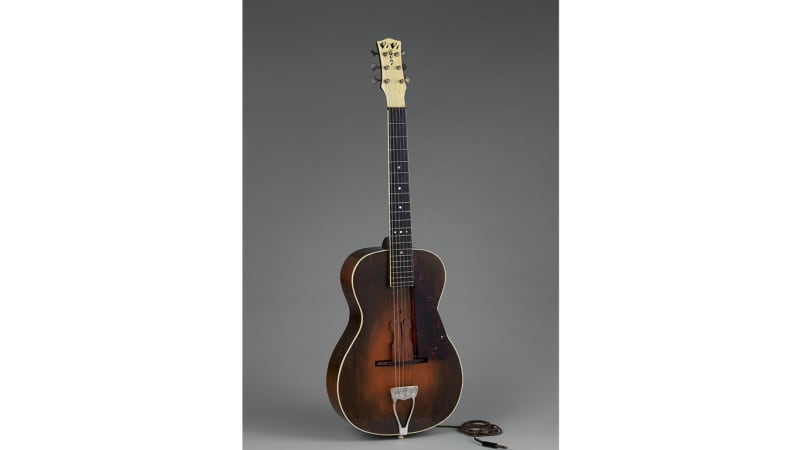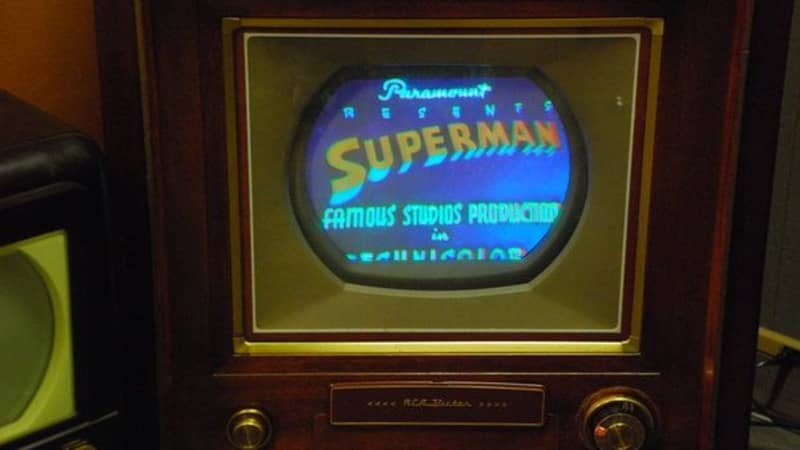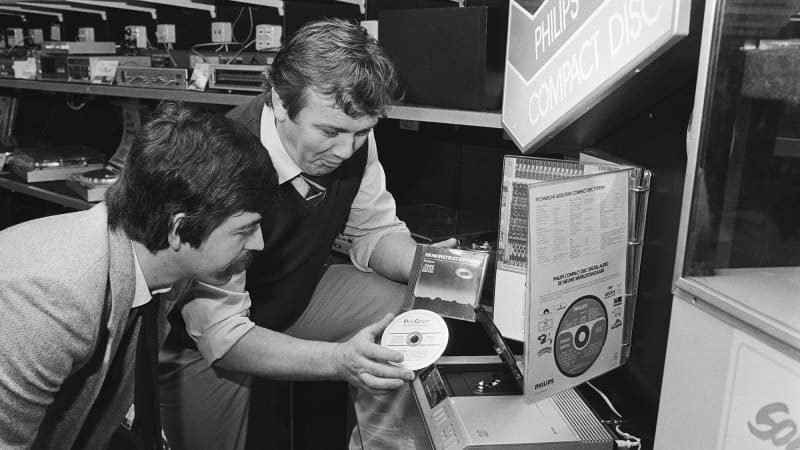Sam, the protagonist of I Need That has accumulated two lifetimes of objects: his parents’ and his own. Each of these objects represents much more than their practical use: they hold his memories and history. Sam is not the only person to find symbolism in material goods. Throughout the history of American consumerism there are certain products that have come to represent major shifts in culture. These are known as “It” items: popular items that represent important movements of a particular time. When one purchases an “It” item, such as an Apple Watch, the comment they are making is clear: “This is a symbol of what is popular in my culture. This is a symbol that I have made it in my culture, that I am successful. I can afford this. My children will love this. I will love it. I do love it. I love it so much that I need it right now. I need that.” This article looks at the “It” items of the last century, what their cultural significance was and why they made consumers say “I need that!”
Sorry! – 1929

The board game Sorry!
William Henry Storey first published Sorry!, a board game, in the latter half of the 1920s and patented in 1929. Sorry! was first sold by Waddington’s in the UK. Parker Brothers began selling the game in the US in 1934. At the time it was touted as “the most fashionable and largest selling game in England,” according to the Victoria and Albert Museum. This “Game of Sweet Revenge” has an easy-to-understand premise. The goal is to move across the board as fast as possible, and when a player draws a “Sorry!” card, they can send their opponent back to the start. Perhaps its cultural significance in the US during the late 1920s and early 1930s was tied to the Great Depression: leisurely and simple activities that come at a low cost, such as a board game, brought citizens joy during a dark socioeconomic period.
Electric Guitar – 1930s

The Vivi-Tone Acoustic-Electric Guitar, circa 1933.
Cost in 1933: $150
Cost in 2023 dollars: $3,292.54
The first electric guitar was created in the 1930s as a hollow-bodied instrument. In 1941, professional musician Les Paul patented the solid body electric guitar. In the years following its release, the electric guitar was criticized by those who valued the more “human” and “natural” sounds of acoustic instruments. At the 1965 Newport Folk Festival Bob Dylan was booed off the stage for appearing with an electric guitar. He later returned to the stage with an acoustic instrument. Eventually, the controversial electric guitar became a widely accepted musical instrument. Musicians enjoyed the ability to experiment with the sound of the electric guitar. For example, blues musicians in Chicago originated the technique of distorting the sound, something that is not as effective when done with an acoustic guitar. Today, both the acoustic and the electric guitar are popular instruments. The acceptance of the electric guitar into the musical world symbolizes a culture that values adaptability, versatility, creativity and experimentation.
Color Television – 1954

The RCA-CT 100, a color TV released in 1954, on display at the American Museum of Radio and Electricity. While an early color TV, the RCA-CT 100 wasn’t the first: that superlative goes to the Westinghouse H840CK15. Photo by HumanisticRationale.
Cost in 1954: $1,295
Cost in 2023 dollars: $14,716.35
The first television broadcast – of a single straight line – took place in 1927. At the time there were only 12 TVs in the world, all in research labs. In 1936, the first black and white television was created by the RCA (Radio Corporation of America) and that summer the Berlin Olympic Games were broadcast. Television soon became the center of many American family’s lives. It provided not only entertainment, but important information about major historical moments in the United States and beyond. The first color TV set was produced in early 1954, but the cost was out of reach for many American families: a color television cost $1,295 – $14,716.35 in 2023 dollars – while a black and white television was $300. Ownership of this ‘It’ item symbolized their wealth and high status in society. The demand for color televisions continued to increase, and as demand increased, the supply increased, prices came down, and the color television was no longer an item for the economic elite. As of 2020, 96% of homes in America own at least one colored TV.
Compact Disc – 1982

Two men use a Philips Compact Disc player in 1983. Fotocollectie Anefo/Nationaal Archief.
Cost in 1982: $11-$15
Cost in 2023 dollars: $30
The Compact Disc (CD) is a portable storage medium that stores audio, video, and other data in a digitized format. The CD symbolized efficiency in US culture. With a CD, unlike a cassette tape, a consumer could skip directly to the song they wanted. They were smaller than vinyl records and not as easily breakable. The CD was popular for over two decades. In the year 2000 nearly a billion discs were sold in the US alone. However, this “It” item soon went out of style in favor of even more efficient methods of music listening such as the iPod, an mp3 player, which was released on October 23, 2001.
The Apple Watch – 2015

An Apple Watch.
Cost in 2015: $400
Cost in 2023 dollars: $514.91
The 2000s marked a time in which mobile devices increased in popularity, with technological advancements such as the smartphone, tablets, and smartwatches such as the Apple Watch. The Apple Watch challenged the consumer’s desire for a ‘sentimental’ watch that can be passed down through generations. Instead, its appeal lies in its ability to make the wearer more productive.
In 2019, Apple's smartwatch sold roughly 10 million more units than the entire Swiss watchmaking industry. While luxury watches such as Rolex appeal to the 1%, the Apple Watch is the watch of the middle to upper middle-class. It’s not as prestigious as a Rolex, but it is still inaccessible for much of the population. It not only tells you the time, but gives you access to check your texts, take phone calls, reply to emails, and track your fitness. The Apple Watch represents the pressure for consumers to optimize their productivity in a society that has access to (perhaps too much) information all at the tip of their fingers – or, for Apple Watch users, the top of their wrist.
Over the course of the last century, there have been many material goods that for social, political, and cultural reasons make consumers say “I need that.” It is within this “need” that we can observe the larger socio-political desires of the masses. One CD hidden under a layer of dust in a collector's shelf tells a story about class, priorities, and culture. “It” items are tangible: they are cultural movements you can touch, use, or display. Sam, the protagonist of I Need That is not alone in his attachment to material goods. This need has been reflected throughout decades of American consumerism. “It” items are called “It” items for a reason: they mean something to just about everybody.



